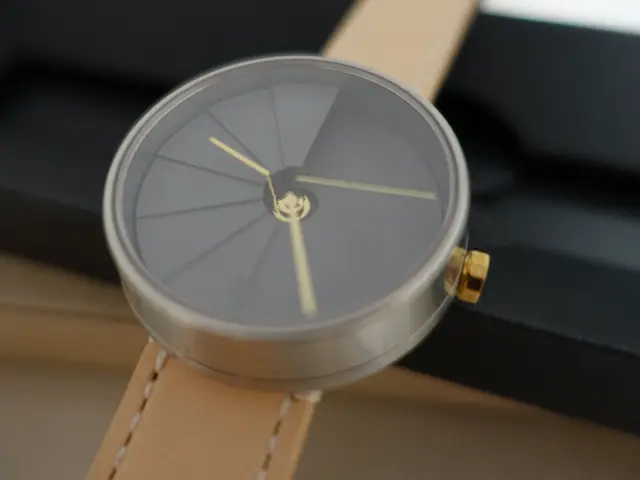Fixing Scratches on Your Screen Using Vaseline: A DIY Guide
Ever feel irritated by those pesky scratches on your screen? They're annoying, and yet they don't affect the functionality. Here's a quirky yet efficient solution you might find intriguing:
Sneak those scratches with common petroleum jelly from your pharmacy. No, it ain't a miracle worker—just some good old physics at play. Petroleum jelly fills in the tiny damage and smooths those sharp edges, which cause the annoying glare from the scratches.
Now, let's dive into the practicalities of this strange trick.
The Essentials: What You'll Need
- Petroleum jelly —plain, odourless.
- Microfiber cloth or soft tissue —two should do (one for cleaning and one for the final touch).
- Water — for rinsing the screen before application.
- Cotton swab (optional) — for applying petroleum jelly precisely and avoiding its spread.
How to Do It
This process is simple, but it requires a gentle touch and a bit of care. Don't be heavy-handed, and avoid creating a mess on the entire display. Work only on the scratched area.
1. Wipe the Screen Clean. Dampen a cloth with water and gently wipe the display, focusing on the damaged area. Ensure the screen is dust-free and streak-free.**
2. Give it some time to Dry. Petroleum jelly doesn't bond well to a wet surface, so wait a couple of minutes for the screen to completely dry.**
3. Apply the Petroleum Jelly. Take a small amount on a cotton swab or clean fingertip. Gently fill the scratch with circular or horizontal movements, but avoid spreading the petroleum jelly across the entire screen.**
4. Eliminate Excess. Gently wipe away the excess substance around the scratch using a clean cloth. Remember, we're not polishing, so don't press too hard. The goal is to remove the excess, not the filling layer within the scratch.**
5. Examine the Result. Check from various angles and on a light background. If done correctly, the scratch should disappear, or at least become less conspicuous.**
Things to Keep in Mind
The Vaseline effect isn't eternal; it will fade or evaporate over time, especially with regular screen cleaning. But it's super easy to repeat: the task takes only a couple of minutes and doesn't require any significant expenses.
That's why this hack is best suited for TVs, monitors, laptops, and other stationary displays. On touch screens, Vaseline could wear off quickly and potentially damage the oleophobic coating, so avoid using it on phones and tablets.
What you shouldn't do is force Vaseline into deep cracks or screens with compromised waterproofing. Instead of fixing scratches, you might push a greasy plug inside the device, which would then definitely require repair work.
Have you found other methods to tackle screen scratches? Share your thoughts in the comments!
Pro Tip: Arrange Your Cables Around Your DeskDIY Tech Tip: How to Swiftly Straighten a Twisted CableWorkspace Organization: Organizing Your Laptop and Monitor Setup
The trick of using petroleum jelly to fix scratches is applicable to various gadgets such as TVs, monitors, laptops, and other stationary displays. However, it's advised to refrain from using this method on smartphones and tablets, as it might damage their oleophobic coating.
Petroleum jelly can be a great ally in maintaining the appearance of your technology, reducing the annoying glare from scratches with its filling and smoothing properties.








